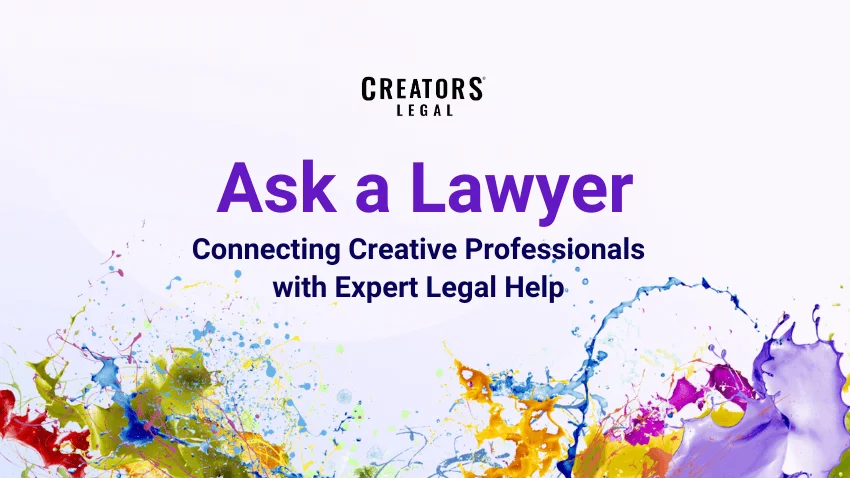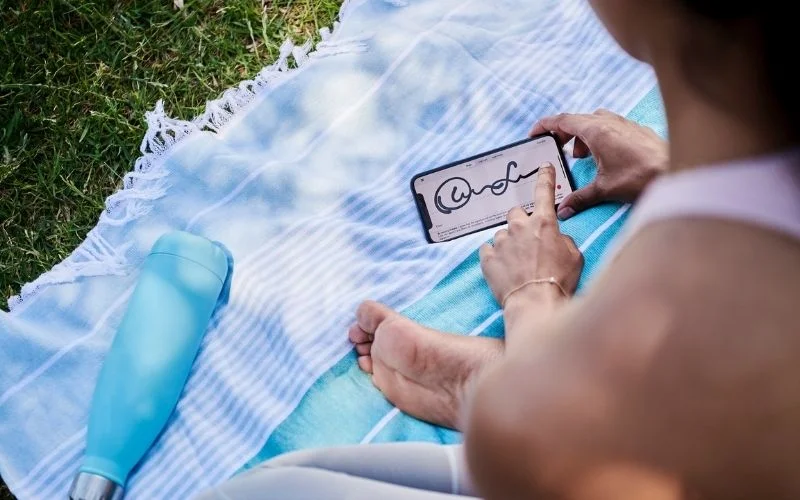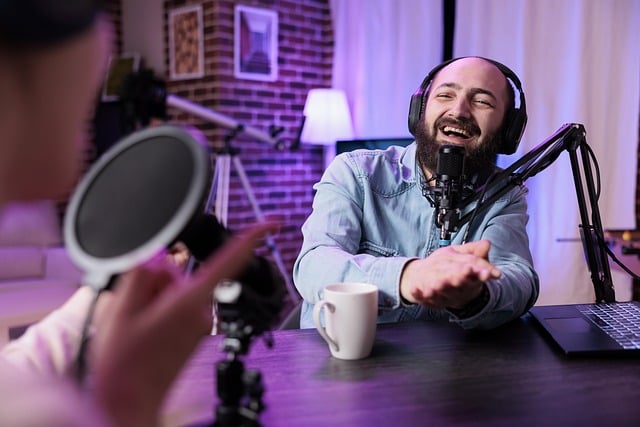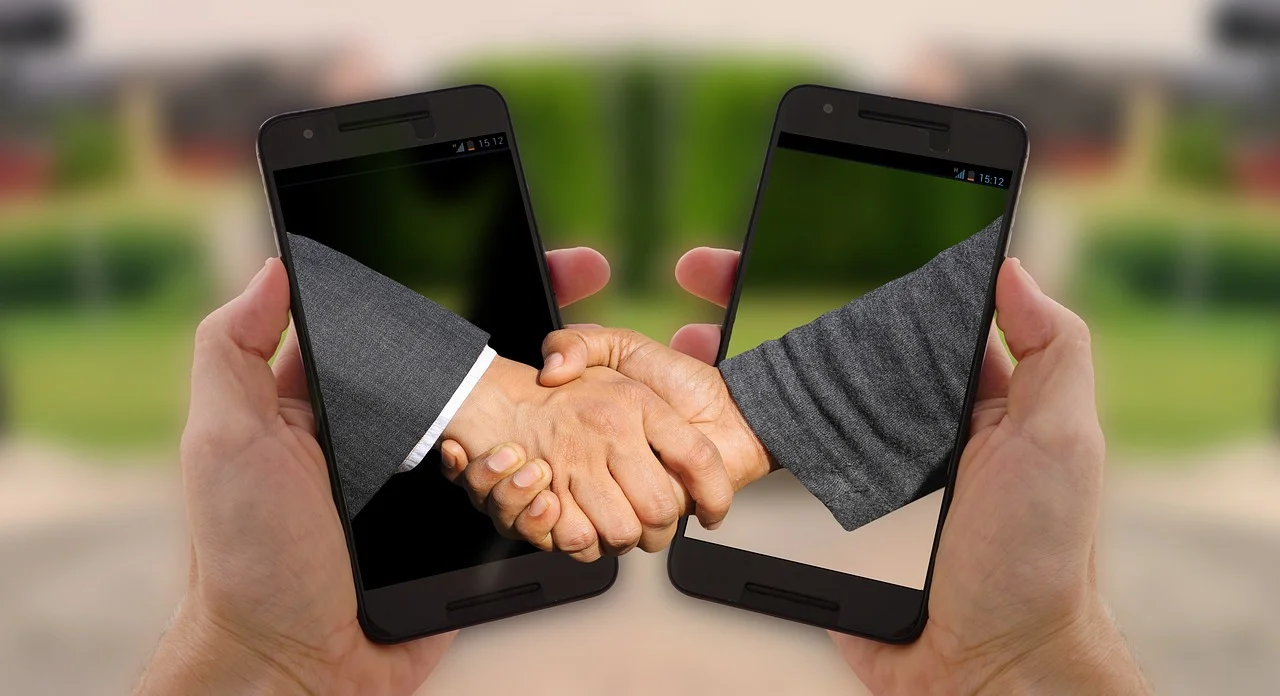The art world just got a wake-up call. The Supreme Court decision against the late artist, Andy Warhol, in a copyright infringement case is shaking the roots of creative liberty.
This landmark decision could redraw the line between originality and transformative use, potentially impacting creators across different domains.
Let’s make sense of what happened. Warhol used a photograph of the musician Prince taken by the acclaimed rock photographer Lynn Goldsmith. He transformed this photograph, applying his unique pop-art style, and it was used in a Vanity Fair article. But here’s the kicker – Goldsmith didn’t get any monetary compensation or credit.
Read the NY Times Article Here:
https://www.nytimes.com/2023/05/18/us/supreme-court-warhol-copyright.html
The court was essentially looking at whether Warhol’s work was different enough from Goldsmith’s photograph to be considered a new creation, something known as ‘transformative use’. Transformative use is a principle under the broader concept of ‘fair use’, which allows limited use of copyrighted material without permission from the original author. If a work is transformative, it often falls under fair use as it adds something new to the original with a different purpose, character, or meaning.
Read the Supreme Court Decision Here:
https://www.supremecourt.gov/opinions/22pdf/21-869_87ad.pdf
Now, you might think changing the style, coloring, and character of a photograph would count as adding something new, right? But the court thought otherwise. They saw Warhol’s work as too close to the original, which could make creators think twice before using others’ works as a base for their own creations.
This new interpretation of ‘transformation’ might leave you feeling like you’re walking a tightrope over a sea of potential copyright infringements. You are not alone. All creators thrive on the ability to transform and build on existing works. This ruling suggests we need to be extra cautious and respect the fine line between inspiration and imitation.
Justice Elena Kagan, who was against the majority ruling, argued that this could stifle all sorts of creativity and make our world culturally poorer. She felt the decision failed to appreciate the unique interpretation and societal commentary often seen in transformative works.
So, how should you, as a creator, respond to this ruling? Here’s a step-by-step guide:
Step 1: Understand Fair Use – Fair use is not a free pass. It allows for limited use of copyrighted material, but it’s a fine line. Familiarize yourself with the four factors of fair use: purpose and character of your use, nature of the copyrighted work, amount and substantiality of the portion used, and the effect of the use upon the potential market.
Step 2: Evaluate Transformation – If you’re transforming someone else’s work, ask yourself: “Have I added something new to this with a different character, purpose, or meaning?” Changing style or color may not be enough; consider the overall context and how your work stands apart from the original.
Step 3: Seek Permissions – Whenever in doubt, it’s always safer to seek permissions. This will also help you establish a respectful rapport within the creator community.
Step 4: Legal Check – Before publishing your work, do a quick legal check. If you’re unsure, seek advice. Better to be safe than sorry.
At Creators Legal, we are committed to helping creators navigate these murky waters. The Supreme Court’s decision is a reality check, but it also shows us the importance of understanding the legal landscape we’re playing in. It’s challenging, but not impossible.
Remember, your creativity and innovation fuel art and culture. Your resilience will define how we create in this new era. Laws might set the boundaries, but creators, you define the art. Keep innovating, adapting, and pushing the boundaries – just do it with a good grasp of the rules in this ever-evolving game.
Yes, the Warhol ruling is a milestone, but it’s also an opportunity. It’s a chance to reflect on how we approach transformative use in our own works. It’s a reminder that while we dance in the realm of creativity, we must also respect the steps laid out by law. And it’s a call-to-action for creators to educate themselves, remain vigilant, and continue to innovate responsibly.
As creators, our work has never been more important. It’s our ability to shape culture, inspire change, and bring beauty into the world that makes all the difference. Even as we navigate the choppy waters of legal intricacies, our spirit of creation remains undeterred.
And remember, you’re not alone in this. At Creators Legal, we’re here to walk this journey with you. We offer tailored resources and legal guidance for creators, helping you understand the rules of the game so you can play it better.
Don’t let the fear of legalities stifle your creativity. Instead, let it inspire you to create responsibly and respectfully. After all, every challenge is just another source of inspiration for a creator. Let’s take this as an opportunity to grow, adapt, and create like never before.
Keep creating, keep transforming, and most importantly, keep making our world a richer place.
Get a powerful form builder, a safe e-signature system, and your own personalized dashboard to store and manage all your contracts. Protect yourself in minutes without pricey entertainment attorneys!









